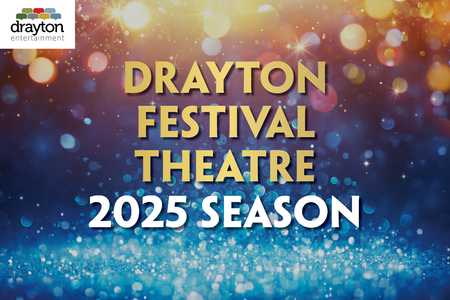Brush up on your curling knowledge before you hurry HAAAARD to The New Canadian Curling Club
June 16, 2023
The New Canadian Curling Club is the hit comedy about national identity, creating friendships, and becoming a team. Find out why the popular winter sport is the perfect analogy for the experience of newcomers who make Canada their home.
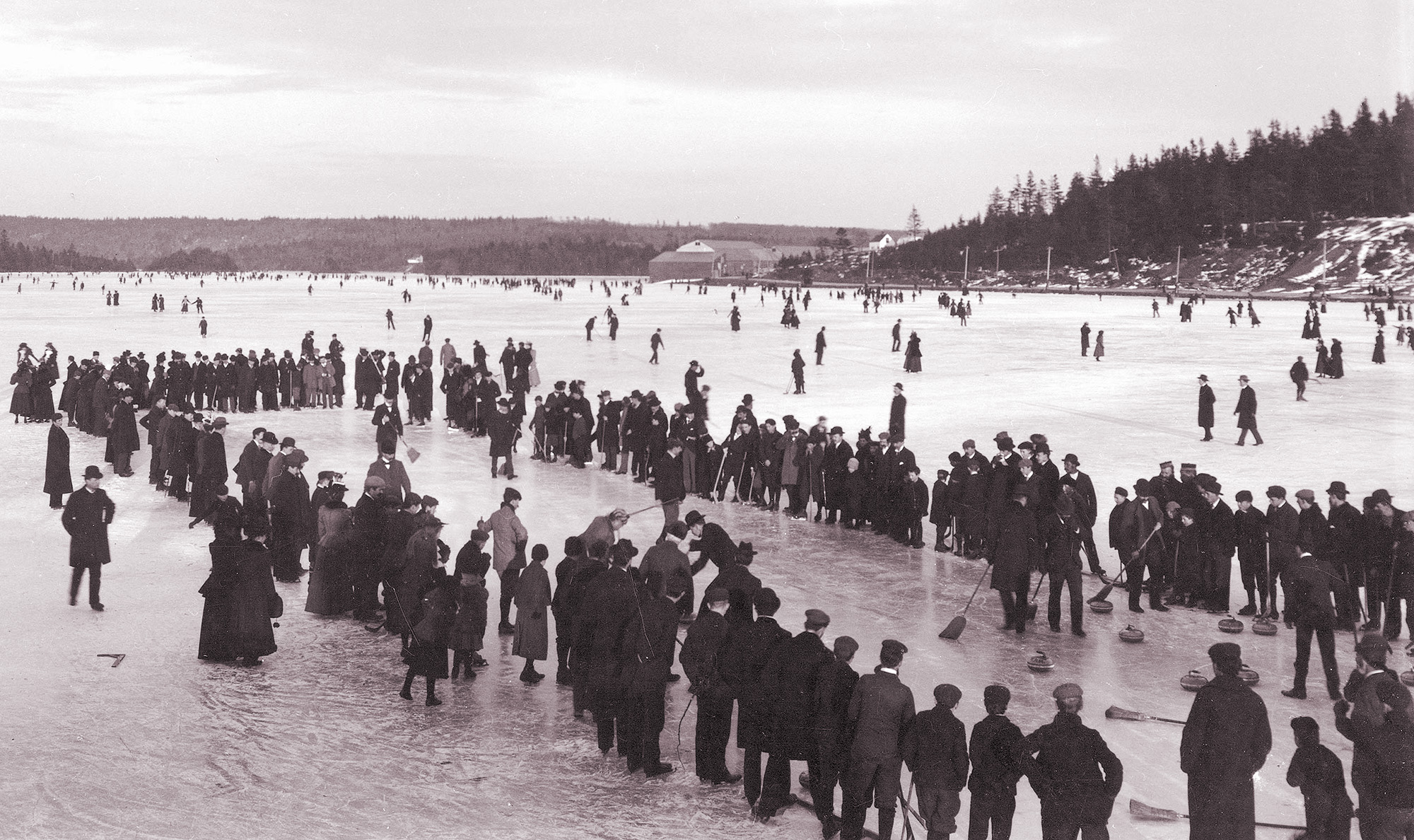
Curling on a lake in Dartmouth, Nova Scotia, ca. 1897
If you don't know your stone from your pebble, your hits from your hacks, or your shot rock from your roll, chances are that you're not a curler.
Brush up on your curling knowledge as The New Canadian Curling Club sweeps onto the stage at Drayton Festival Theatre from July 13 to July 29 before it slides to Huron Country Playhouse from August 3 to August 20.
From "Lusus Scotorum" to "bonspiels": The history of curling
Curling is one of the world's first organized team sports, and its origins are so old that the earliest written description was in Latin. In 1540, John McQuhin, a Scottish notary, wrote about a challenge between Paisley Abbey monk John Sclater and Gavin Hamilton, the Abbot’s representative, in which the competitors repeatedly slid rocks along the ice. (The literal Latin translation of "curling" is "Lusus Scotorum", which means "game of the Scots".)
A 1631 painting by Flemish artist Pieter Bruegel showed people on a frozen river in what is now Belgium playing a game that is similar to curling called Eisstockschiessen.
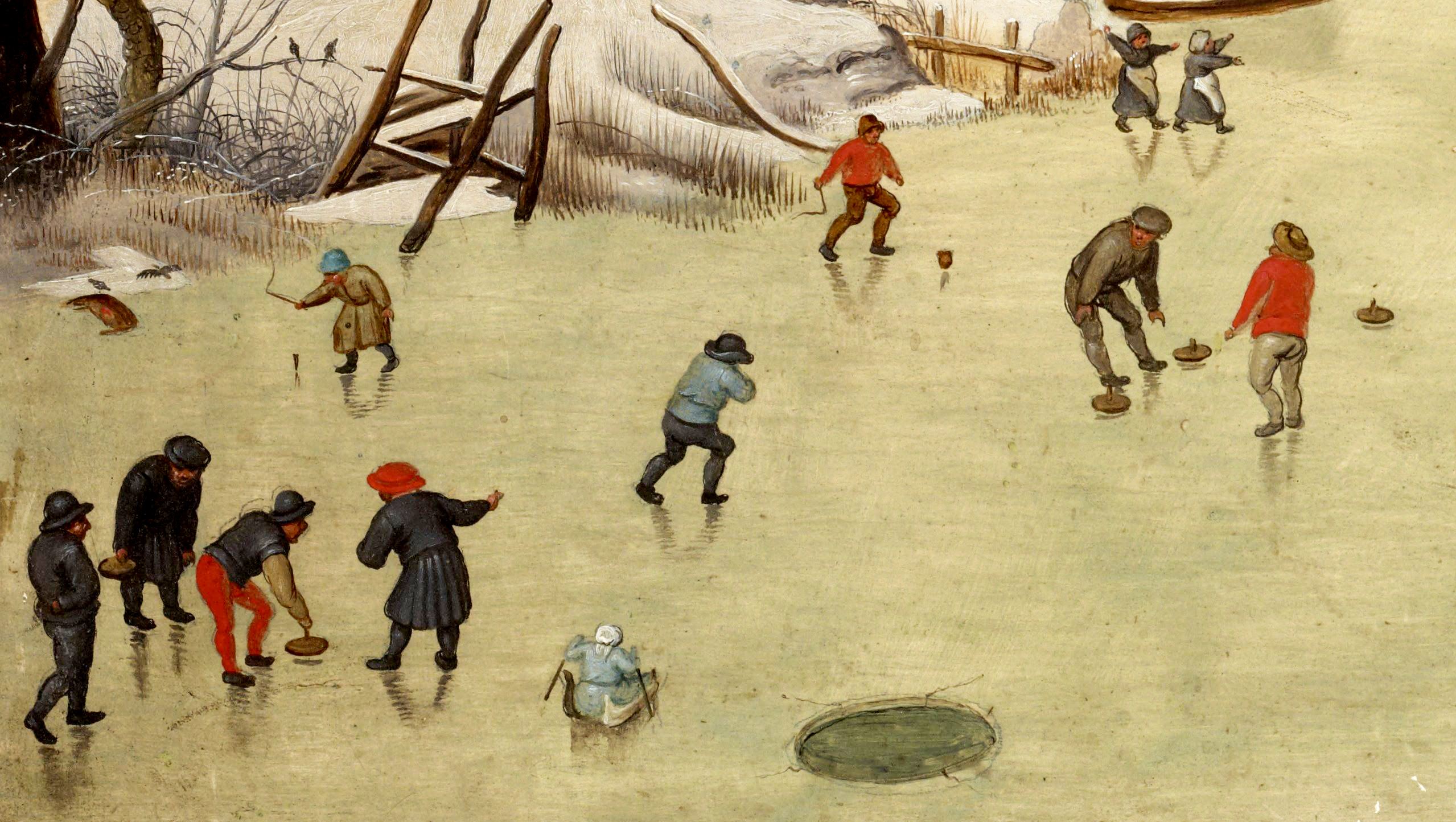
Detail of Pieter Bruegel’s “Winter Landscape with a Bird Trap” from 1631 shows people playing "Eisstockschiessen" on a frozen pond.
Curling arrived in Canada in 1807, 60 years before Confederation, and the first official club was founded in Montreal, making it the earliest organized sporting club in North America. The game's popularity grew on the Prairies during the Great Depression and the Second World War.
Rules of play were formally defined in Scotland in 1838, and these were later adopted worldwide.
The pastime that began on frozen ponds centuries ago has evolved into a popular, international sport that is played competitively in world championships, or bonspiels. That term comes from the Dutch words "bond" (league) and "spel" (game).
Curling first appeared at the Olympics in 1924, returning eight years later when Canada beat the United States in a demonstration event. It wasn't until Nagano in 1998 that it became part of the official program, with Canada winning the inaugural gold. It has dominated the sport ever since.
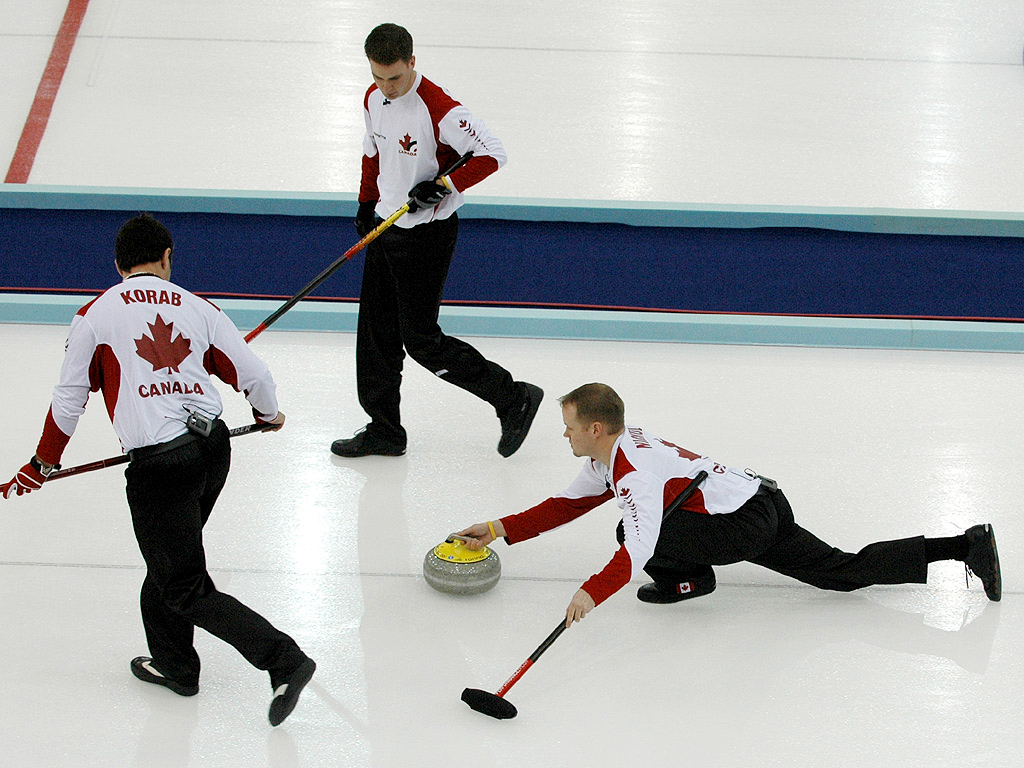
Team Canada competing at the 2006 Olympics in Torino, where it won a Gold medal. Photographer: Bjarte Hetland
Chess on ice: A game of strategy
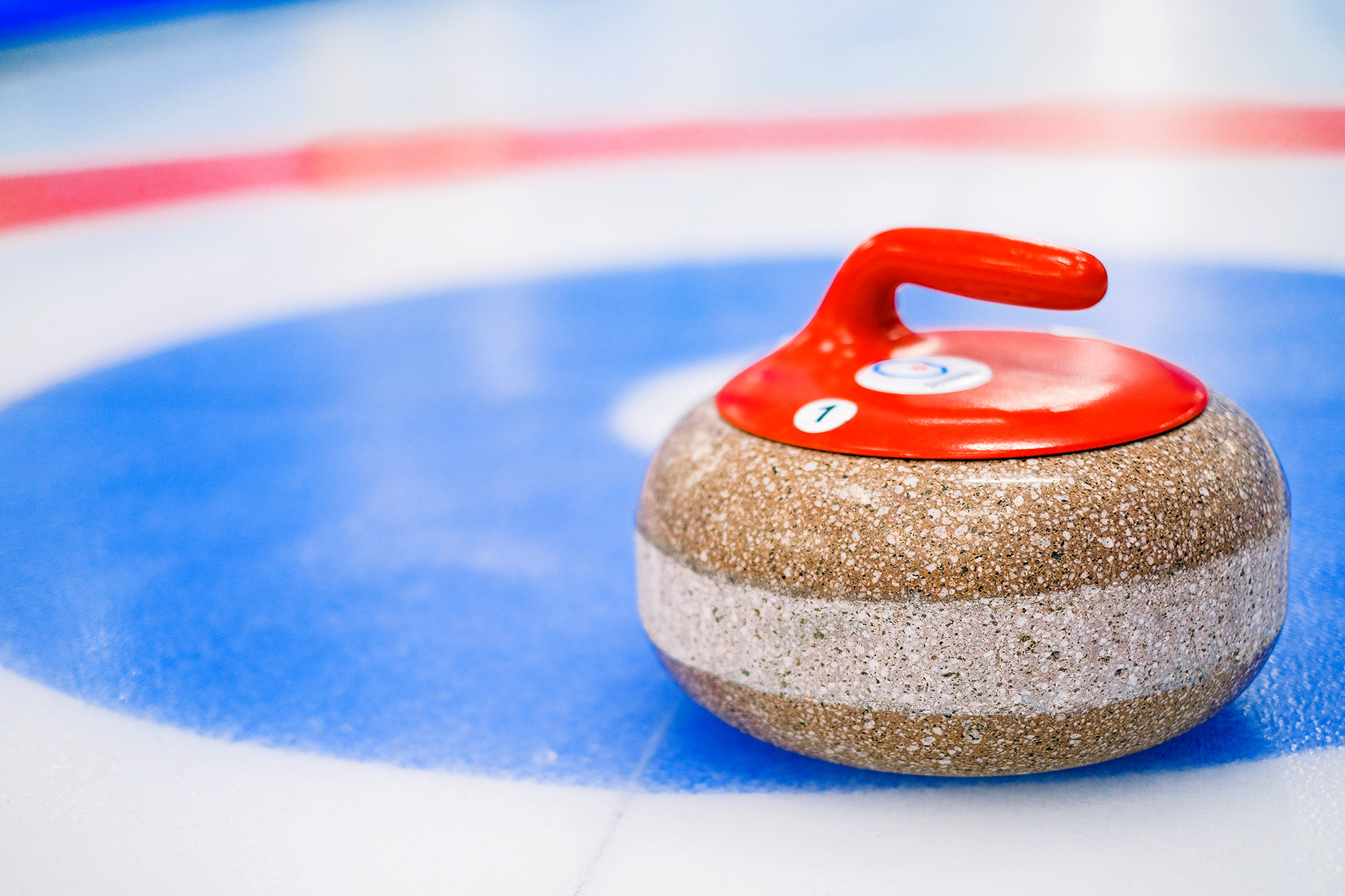 The size of the ice playing surface, or sheet, is between 146 to 150 ft. long and 14.2 to 15.7 ft. wide. Two layers of water droplets are sprinkled onto the ice, which freezes to form pebbles (bumps) that create friction between the ice and the stones. These 44 lb. granite pieces are thrown (slid) from the playing end towards the house, which is made up of four concentric circles. The centre one is the button, and players aim to get their stones closer to it than their opponents can.
The size of the ice playing surface, or sheet, is between 146 to 150 ft. long and 14.2 to 15.7 ft. wide. Two layers of water droplets are sprinkled onto the ice, which freezes to form pebbles (bumps) that create friction between the ice and the stones. These 44 lb. granite pieces are thrown (slid) from the playing end towards the house, which is made up of four concentric circles. The centre one is the button, and players aim to get their stones closer to it than their opponents can.
Curling is a unique sport. Each member of the team contributes 25 percent of the effort, but does so 100 percent of the time.
Bill Tschirhart, curling coach
A game usually consists of 10 ends with two teams of four players – the lead, the second, the third, and the skip, who calls the shots. Each of them throws two stones.
Players use a hack, or starting block, at the end of the ice to position their foot when throwing. They can make their stone follow a curved path – a curl – by causing it to rotate while it slides. The path can also be influenced by two teammates who act as sweepers and use brooms to sweep the ice and reduce friction. The skip often shouts instructions to teammates, such as “Hurry!” to tell them when to sweep, and “Whoa!” to stop. Sweeping the rock causes the stone to travel in a straighter path over a longer distance.
The roll is the movement of a thrower's stone after it has struck a stationary stone during play, and a hit is the strategic removal of an opponent's stone from the playing area by hitting it with another stone.
The shot rock is the stone that's closest to the button during an end. After players have thrown all of their stones, the team with the one that's closest to the button wins. The victorious team receives one point for each of its stones that is closer to the button than their opponent's closest stone.
The strategy is the tough part – it’s seeing things three shots ahead.
Former NFL player Jared Allen, who took up curling after he retired
Curling requires a great deal of strategy and has been dubbed "chess on ice". Players work as a team to figure out how to create the best path and placement for stones in order to win the game.
Now that you have a primer in the sport, hurry HAAAARD to see The New Canadian Curling Club and enjoy this quintessentially Canadian experience, live on stage.
Don't miss The New Canadian Curling Club, on stage this summer at two stages:


.jpg)

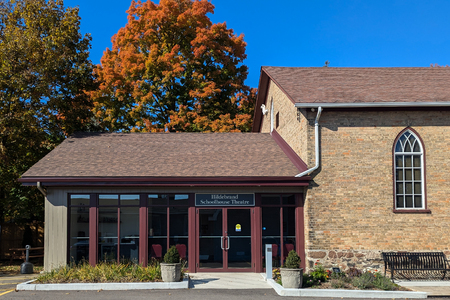


.png)

